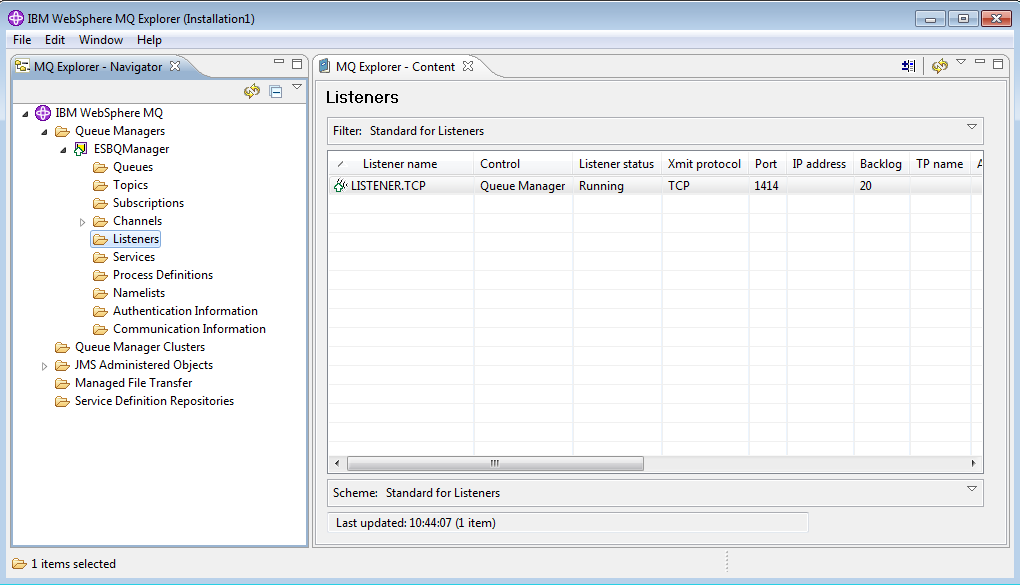
This post include a summary on IBM WebSphere MQ Queue Managers, Queues and Channels. Knowing these concepts will help you to do simple tasks like creating a queue, sending and receiving messages from a queue.
Queue Managers
Queue manager is the top level object that holds in the network (Such as queues and channels). The main tasks done through a queue manager are,
- Start channels
- Process MQI calls
- Create, delete, alter queues and channel definitions
- Run a command server to process MQSC commands
See IBM Documentation for more details.
Queues
Queue holds the messages destined to it and send the messages to consumers in the receiving order. A queue has two defined limits.
- Maximum number of messages that it can hold
- Maximum length of a message.
There are several queue types that can be used with the IBM MQ. They are,
- Local queue
- Transmission queue
- Remote queue definition
- Alias queue
- Model queue
- Cluster queue
- Shared queue
- Group definition queue
See IBM Documentation for more details.
Channels
Channels are used to send and receive messages to and from a queue.
MQI Channel
Client applications use these channel to send and receive messages.
- Server connection - This is the server end of the channel
- Client connection
Message channel
These are used to link two queue managers
See IBM Documentation for more details.